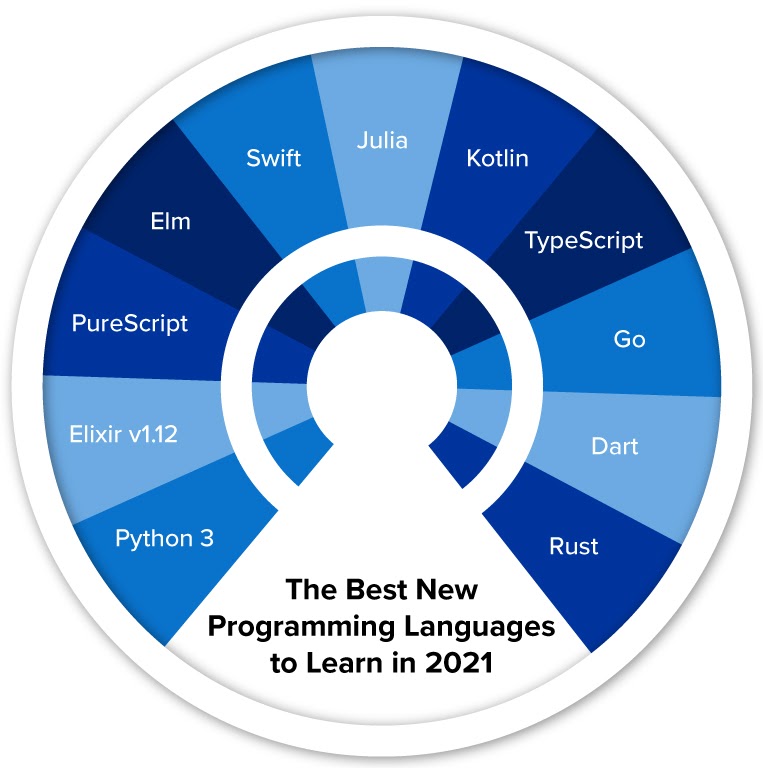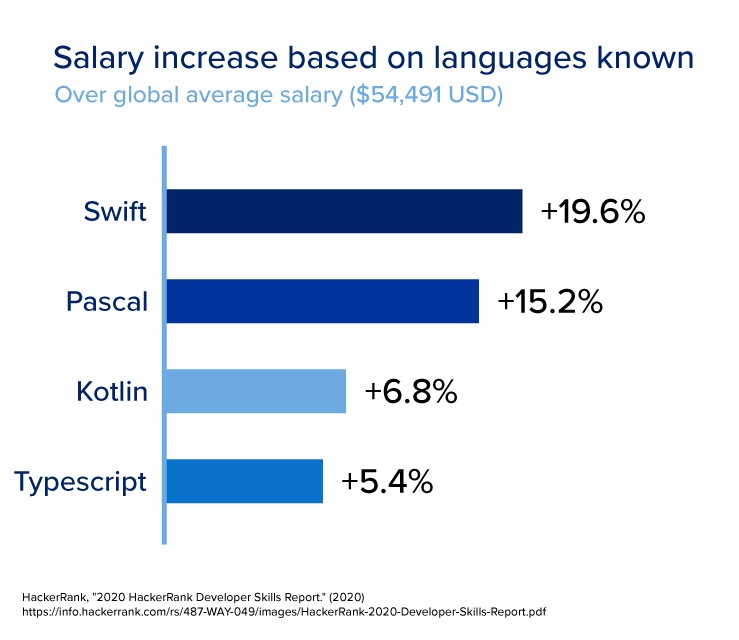Coding remains one of tech’s most important literacies, impacting countless professional fields in an increasingly digital world. Today’s businesses thrive on functional and navigable websites, mobile apps, and other similar properties — all of which are built atop established coding languages.
However, coding mastery doesn’t just require learning the tried-and-true coding languages. It also entails staying up to date with the latest languages. This is important for both professional marketability and efficiency in learning other valuable skills as well. For instance, you cannot hope to become a full stack developer without first versing yourself in the latest coding languages.
To make this process easier, we have compiled a list of promising new coding languages to learn, basing our findings on industry trends. Read on to learn more.
Newest Programming Languages
The following are among the best new programming languages of 2021, and many of them offer an array of uses and applications. What’s more, these literacies benefit a wide variety of experience levels, as it can be important to learn new programming languages regardless of your age or prior knowledge.


 Live Chat
Live Chat
